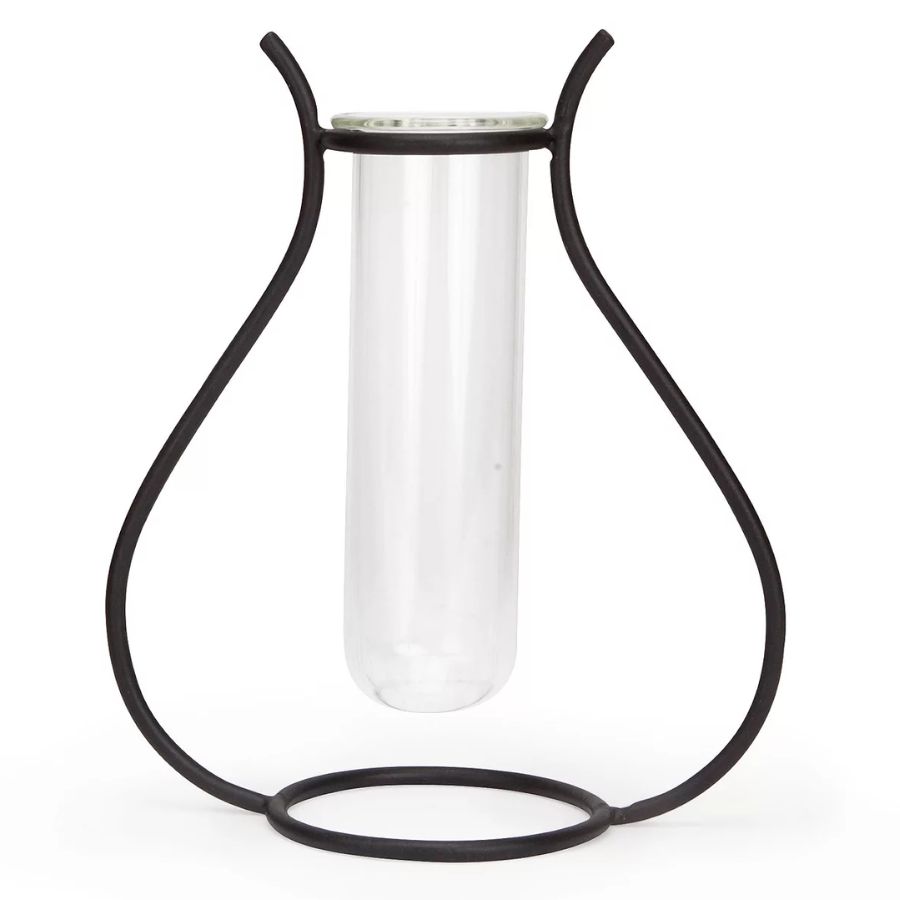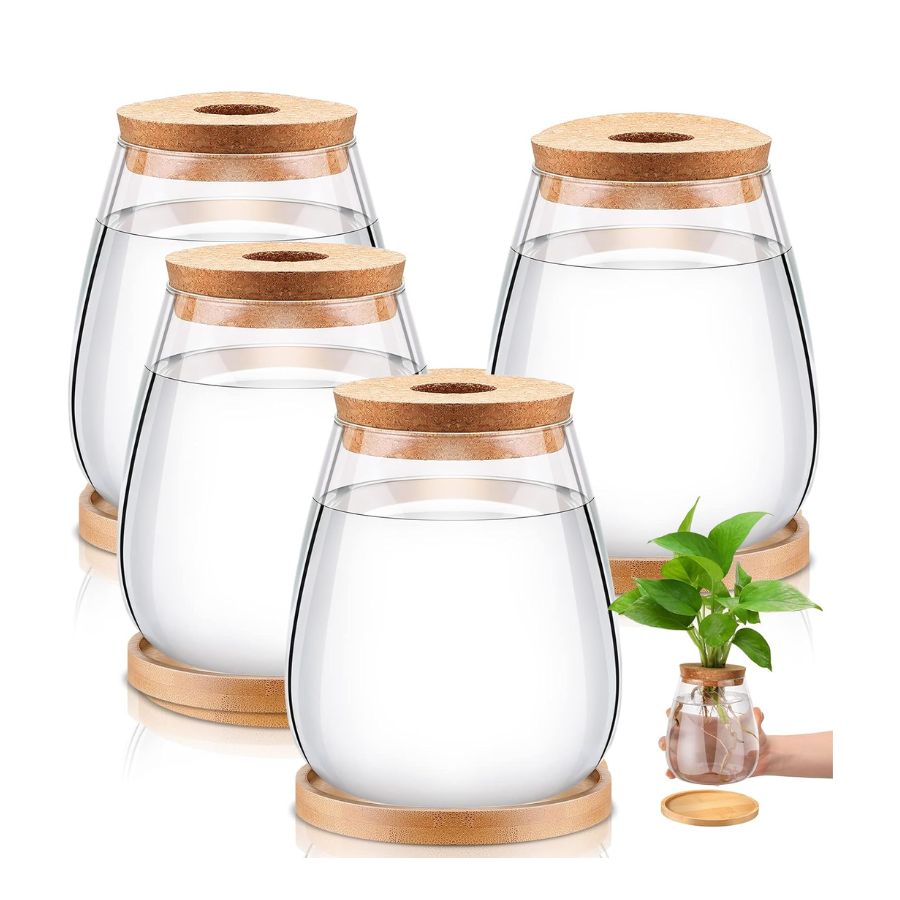7 of the Easiest Houseplants to Propagate — They'll Thrive Even if You're Not a Green-Thumbed Gardener
Indoor gardening isn't for everyone, but if you propagate any of these 7 plants you'll be off to a flying start

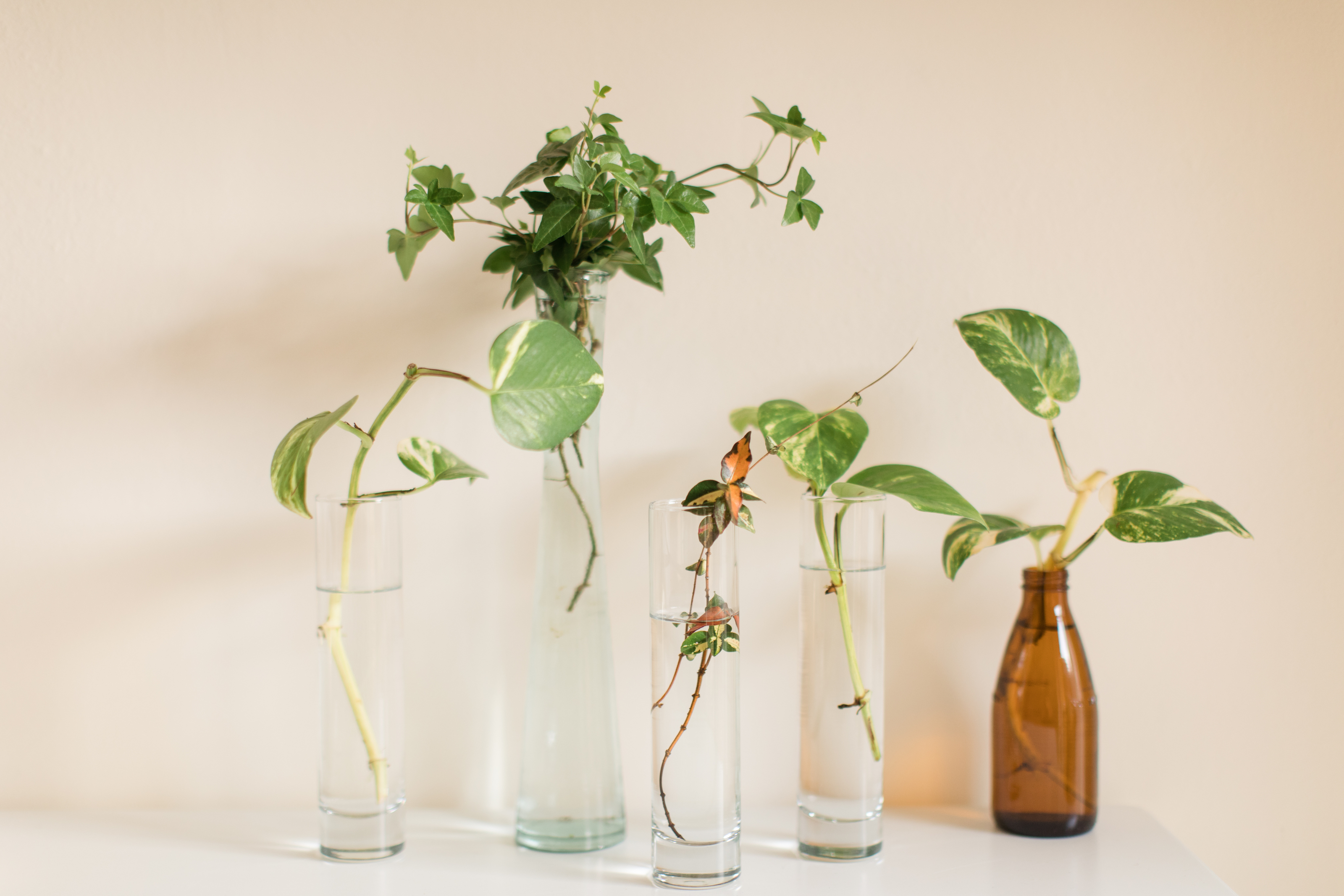
Propagation is the best way to multiply your plant collection. It's easy to do, and best of all, it's free! Instead of countless trips to the local nursery, I've amassed my own collection of beloved houseplants by propagating from friends' and families' houseplants, carefully transporting cuttings home and caring for them until they're ready to be upgraded to a pot.
'Propagating your houseplants is an easy way to create more greenery for your home, or gift friends and loved ones to brighten theirs,' says Whitney Bromberg Hawkings of plant delivery service, Flowerbx. 'Each plant is propagated slightly differently, but there are some go-to varieties that are the best indoor houseplants for propagating. Remember, always use clean tools when propagating, and start collecting a range of glass jars and containers to grow your new plants within.'
There are several ways to propagate a plant - from simply putting stems into water, putting it in a warm, sunny spot, and leaving it to do its thing, to laying a leaf on a bed of soil or wrapped in cotton wool. It's easy enough to do, but there is no doubt among indoor gardening experts that some take off easier than others. I've tried propagating a fair few plants over the years, but these are the seven I found easiest.
1. Devil's Ivy
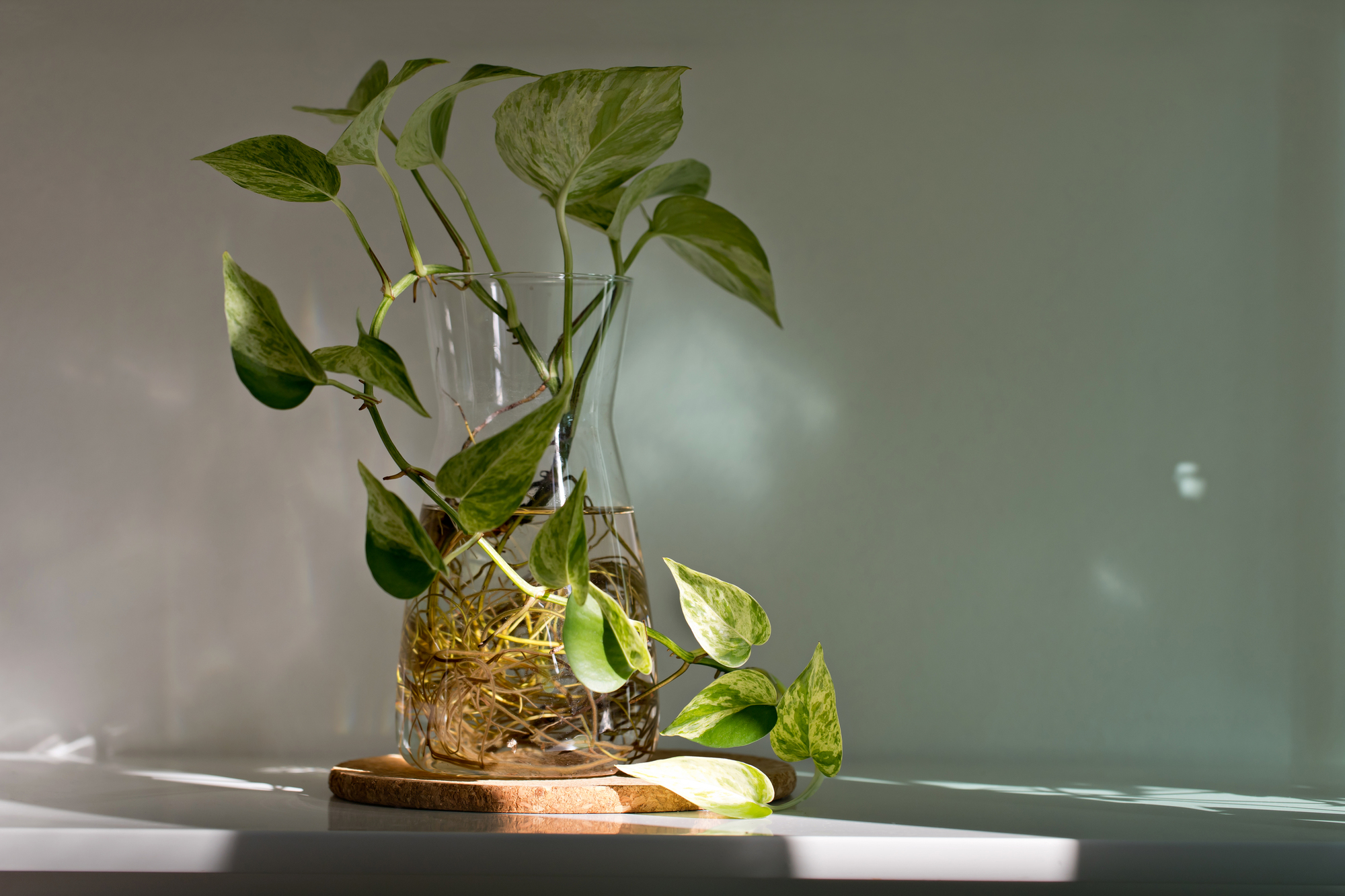
Devil's ivy, also known as Pathos, grows at an alarming rate if it's in the right conditions, and is known for its trailing properties. It's also one of the easiest plants to propagate. 'It's a plant that is easily propagated by stem cuttings or root division,' says Paris Lalicata, The Sill’s plant expert.
'It's one of the most forgiving houseplants for beginners,' adds plant expert and professional gardener, Zahid Adnan. 'Simply cut a healthy stem below a node and place it in water or soil until roots form.'
Once the root forms, and it's had at least 10 days with the root growth in water, it's time to transport it into a pot. Devil's ivy isn't a very fussy plant and can thrive in all sorts of conditions. But as it hails from sunny, warm climes, you're better off putting its pot in warm, sunnier places, but make sure to keep it out of bright light. If your devil's ivy is of the variegated variety, brighter light will encourage its attractive, speckled appearance.
2. Snake plants

Snake plants are known for their sword-like leaves that make for a charming indoor garden. They are surprisingly easy to propagate, rooting easily in water or soil. 'They are easily propagated by leaf cuttings or separation of offsets,’ says Paris. The only thing to note with snake plants is that they might take a little more time to propagate than something like devil's ivy.
To propagate your snake plant, take a sharp knife and divide your snake plant, breaking it into sections, and taking it right down to the root. Be careful not to harm the plant and don't cut too high. Aim to create divisions with three leaves and accompanying roots.
The Livingetc newsletters are your inside source for what’s shaping interiors now - and what’s next. Discover trend forecasts, smart style ideas, and curated shopping inspiration that brings design to life. Subscribe today and stay ahead of the curve.
Place your leaf cutting into a jar of clean water - make sure to place the cut end in the jar. Put the jar in a bright spot and frequently refresh the water. After roots form, it's time to place your snake plant into a pot with potting mix. You can also try to root your cutting straight in soil instead of the water method, just make sure your potting mix is moist. You can maximize the number of new plants by cutting the leaf horizontally into small pieces.
3. Spider plants
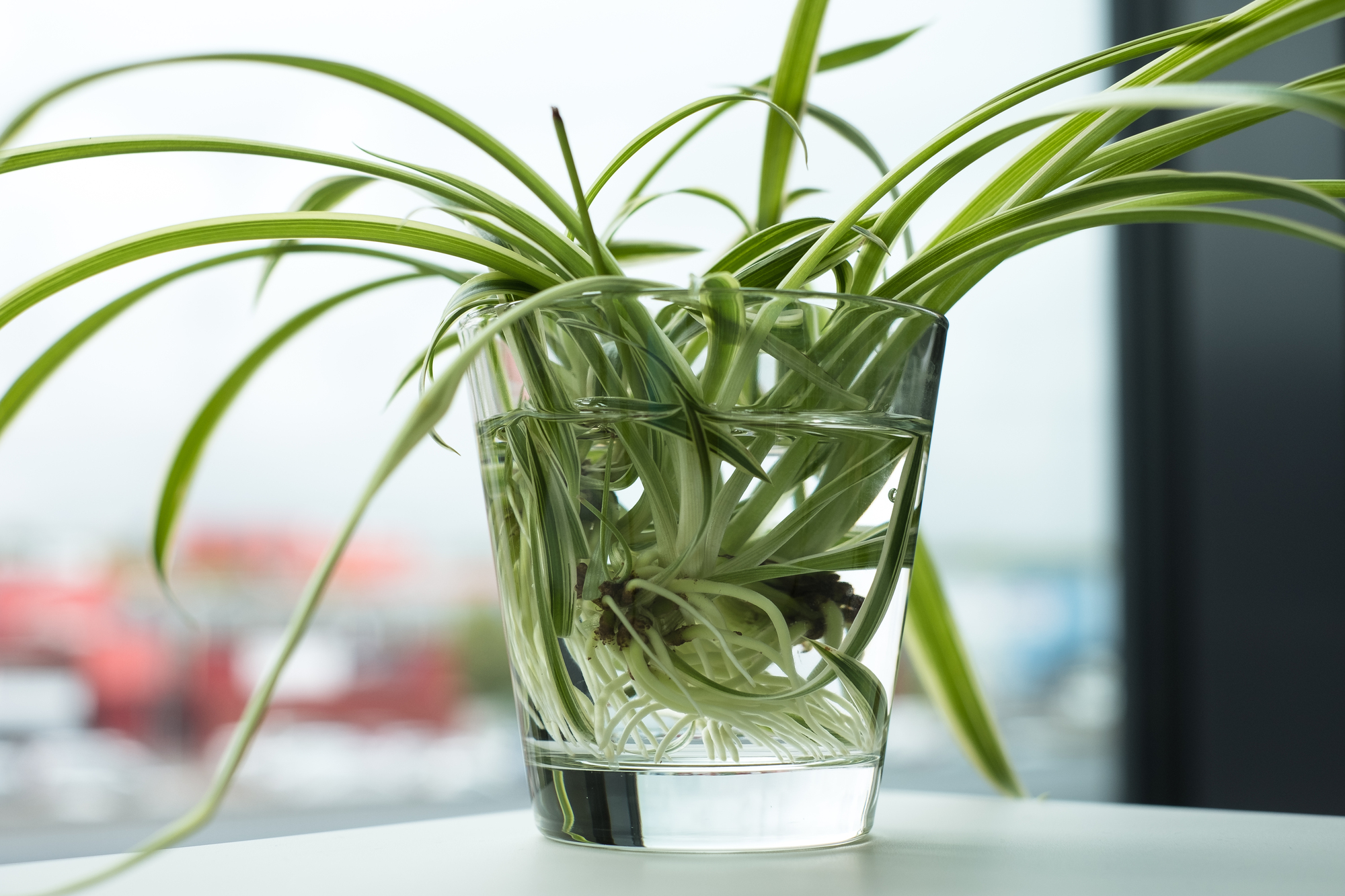
Spider plants are known for their spidery foliage and pale coloring. When it comes to how to care for your spider plant, you need well-draining soil for them to thrive, as well as indirect light as opposed to bright light.
The spider plant has to be one of my more successful propagations, this is because a thriving spider plant produces spiderettes, which are miniature versions of the mother plant. 'These spiderettes can be easily propagated by placing them in water or soil until they develop roots,' says Zahid.
If you have noticed your spider plant producing these smaller spider plants, you can easily detach them from the plant, removing the stolon, then propagate them either in water in a small jar, allowing them to develop more of a root, or plant them directly in the soil with the cut end down - which is likely to work if you're spiderette looks fully developed.
If your spider plant is not producing spider babies, your mother plant might need a little extra time to mature. Make sure your pot isn't in too much bright light, and that your plant pot isn't too big. A pot that is too big might mean that your spider plant is focusing too much energy on root production instead of reproduction of the beautiful spidery leaves.
4. ZZ plants
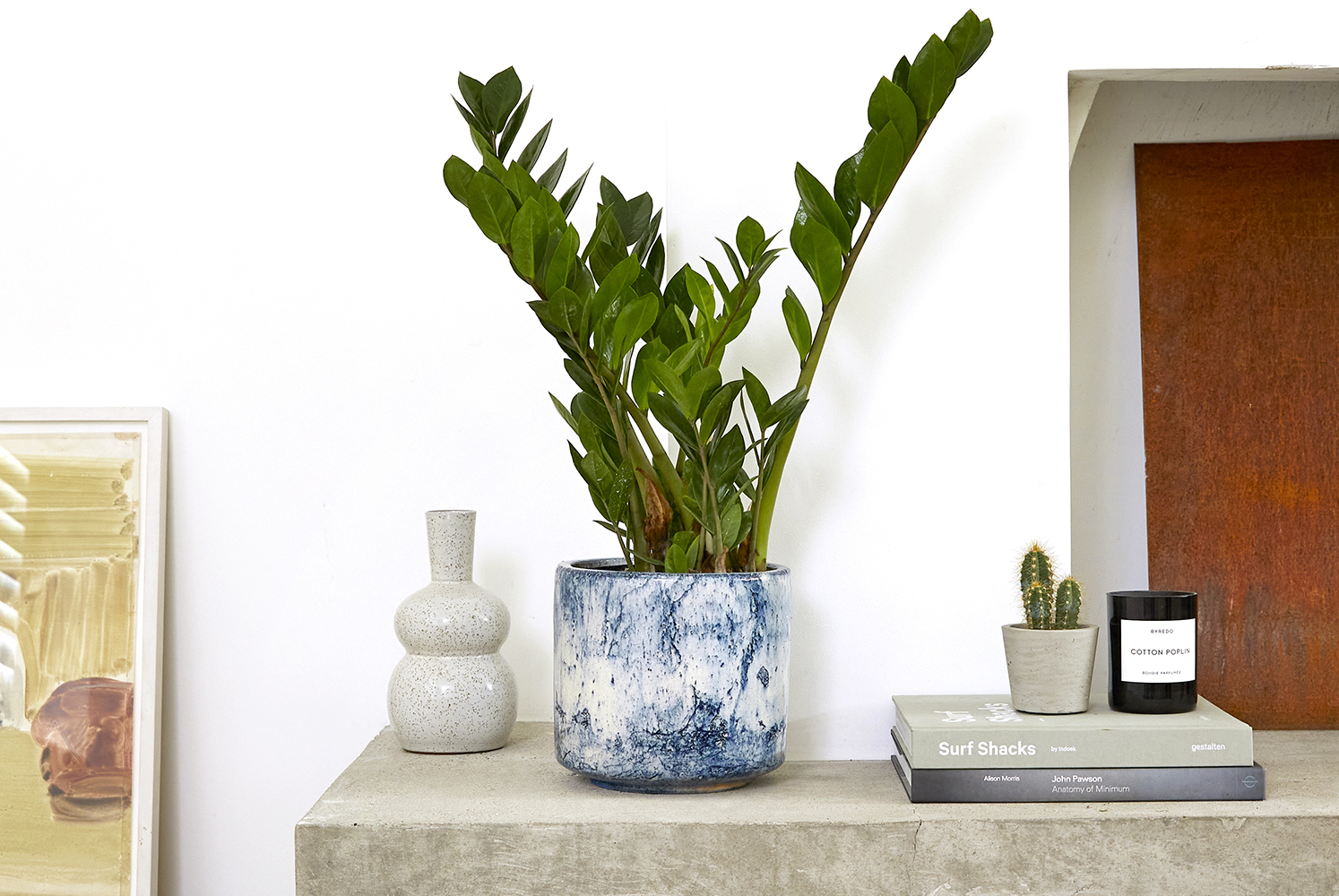
The ZZ plant is one of the best houseplants to clean the air. As well as its air-purifying quality, it's super easy to look after, and produces glossy, plump leaves that bring a joyous look to any room.
They are easy to propagate too. When the plant's underground stem shoots out in tangled knots, use a clean knife to divide them into chunks with an emerging stem.
'Gently repot the divided sections in a bagged soil mix from the store,' says Lina Cowley, master botanist at Trimmed Roots. 'Keep the separated plant pieces consistently watered and feed them with plant food every few weeks. Be patient as the new sprouts stretch up. In just a couple of months, those once-connected ZZ globs will have grown into their own unique potted plants!'
If no rhizomes are ready to divide yet, try snipping off just ZZ leaves instead. Push their stems directly an inch or so into fresh soil. 'Soon, new ZZ sprouts magically emerge from just leaf stems - it’s fun propagating tricks like these that get gardeners like us hooked on multiplying our favorites at home,' says Lina.
5. Inch plants
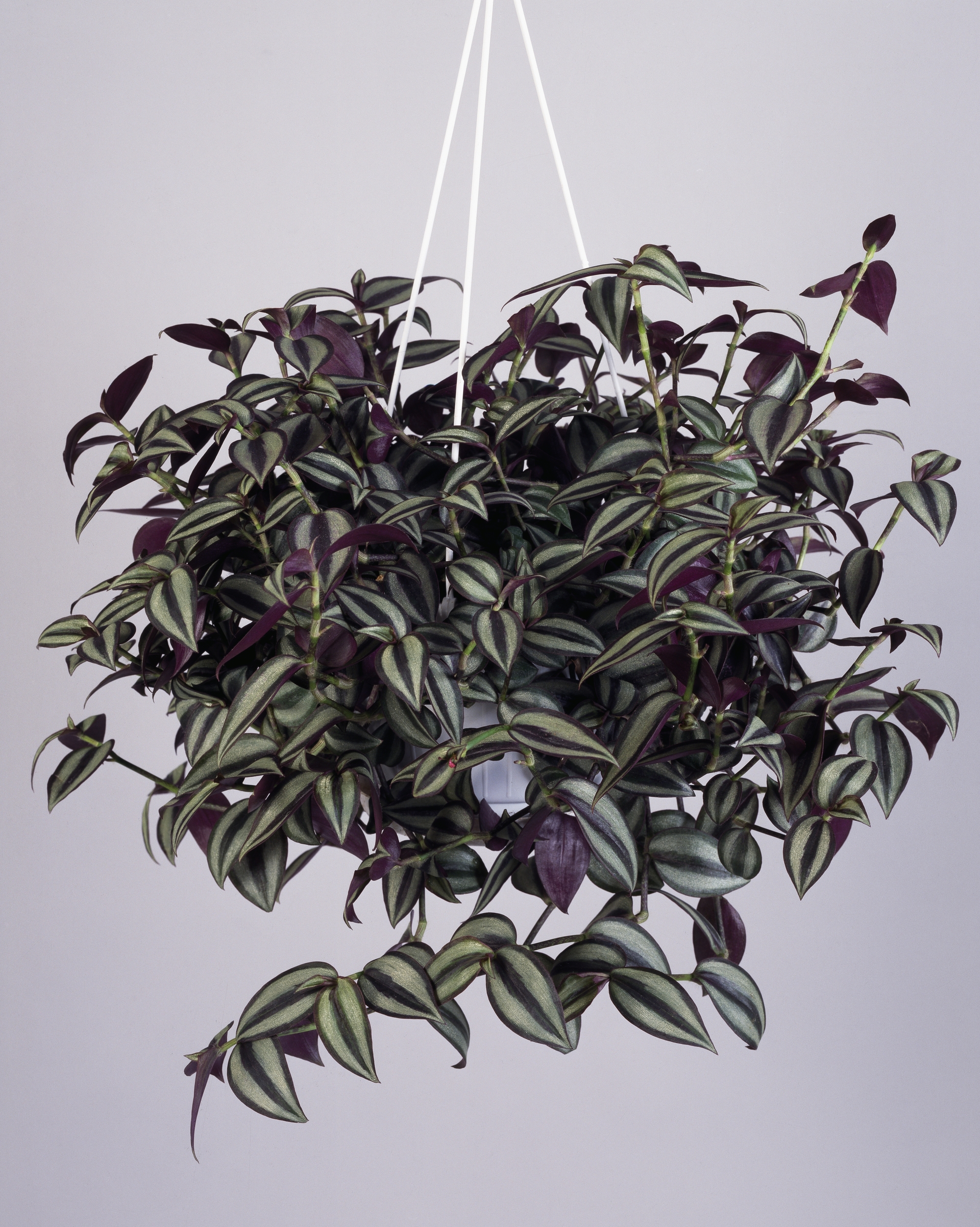
The inch plant, also called tradescantia, is a bright green and pink houseplant that roots easily from stem cuttings and you don't have to be particularly careful when taking cuttings. Just use clean shears to snip off pieces with a couple of sets of leaves still attached.
Then simply stick these directly into water, keeping them in a sunny spot like a windowsill for a few weeks. Alternatively, a slightly moist potting mix will also work. 'Keep the soil damp for a few weeks until tiny white roots show near the buried leaf nodes. Only then should the cuttings move into their own containers. You’ll have trailing inch plant babies in no time,' says Lina.
6. Succulents
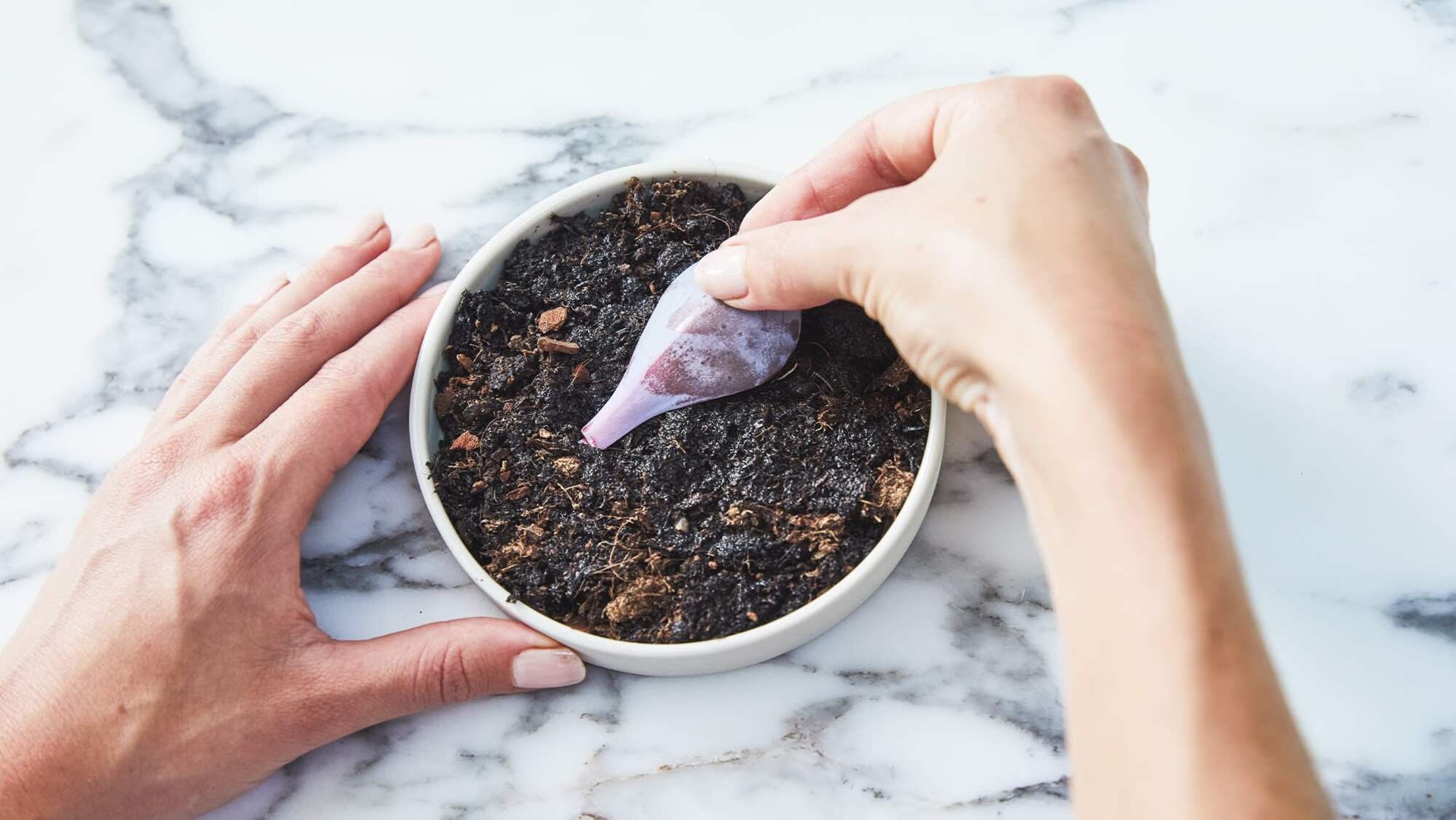
You might not think that succulents are the easiest to propagate, but they are pretty straightforward, just bear in mind that there are a few different methods for how to propagate succulents.
'Succulents are easily propagated by either straight stem cuttings, leaf cuttings, root division, or perhaps offsets or plantlets depending on the succulent species,' says Paris.
You can either try the water tactic, cutting the heads of your succulents. Snip a leaf-covered section around three inches long and put them in water. You might also have a high success by placing fleshy leaves straight into moist water and seeing what happens. Place them in direct sunlight and you'll begin to notice that the ends have sealed over. Use a spray bottle to make sure your soil stays damp.
A jade plant is a great example of a succulent that propagates well. 'Known for its succulent leaves, the jade plant is easy to propagate through leaf or stem cuttings. Just remember to allow the cut ends to dry and callus before planting them in well-draining soil,' says Zahid.
7. Chinese money plants
The cute round coin-shaped Chinese money plant, or 'pileas', are fun to propagate. They are another example of a plant that produces plantlets if it is well looked after. You'll often notice little nubbins of new shoots poke up from soil covering the mother plant’s shallow roots. Simply keep piling fresh dirt over these smaller money plants. The covered stems will root and become plantlets.
When the time is right, remove the sprouting babies from the plants main base. I like to put them in water for a while longer before transferring them to damp soil, but if your money plant is looking strong and you're feeling bold, put them straight into compost and place them near windows for bright and indirect light. In terms of Chinese money plant care, they also like high levels of humidity, so keep your spray bottle on hand and frequently spritz for a humid microclimate.
3 propagation stations to encourage houseplant growth

Former content editor at Livingetc.com, Oonagh is an expert at spotting the interior trends that are making waves in the design world. She has written a mix of everything from home tours to news, long-form features to design idea pieces, as well as having frequently been featured in the monthly print magazine. She is the go-to for design advice in the home. Previously, she worked on a London property title, producing long-read interiors features, style pages and conducting interviews with a range of famous faces from the UK interiors scene, from Kit Kemp to Robert Kime. In doing so, she has developed a keen interest in London's historical architecture and the city's distinct tastemakers paving the way in the world of interiors.

